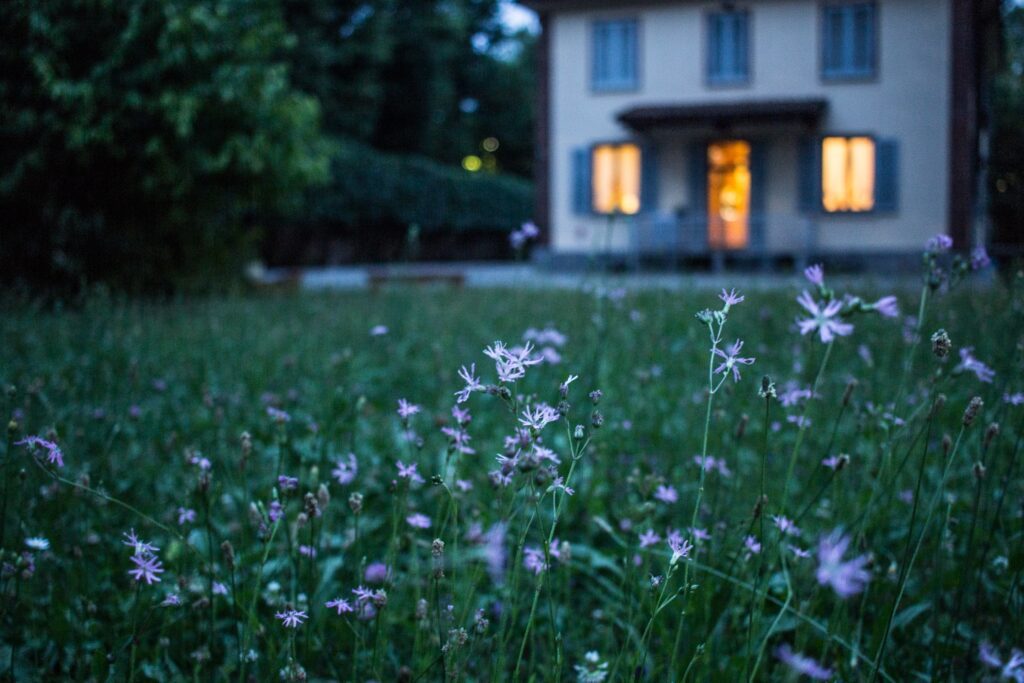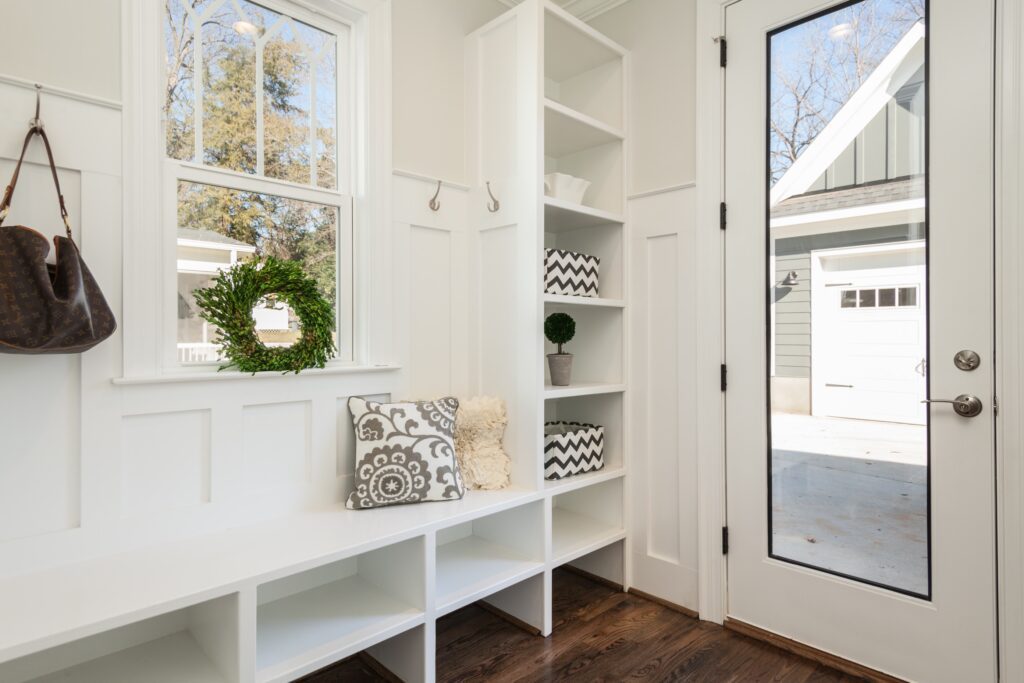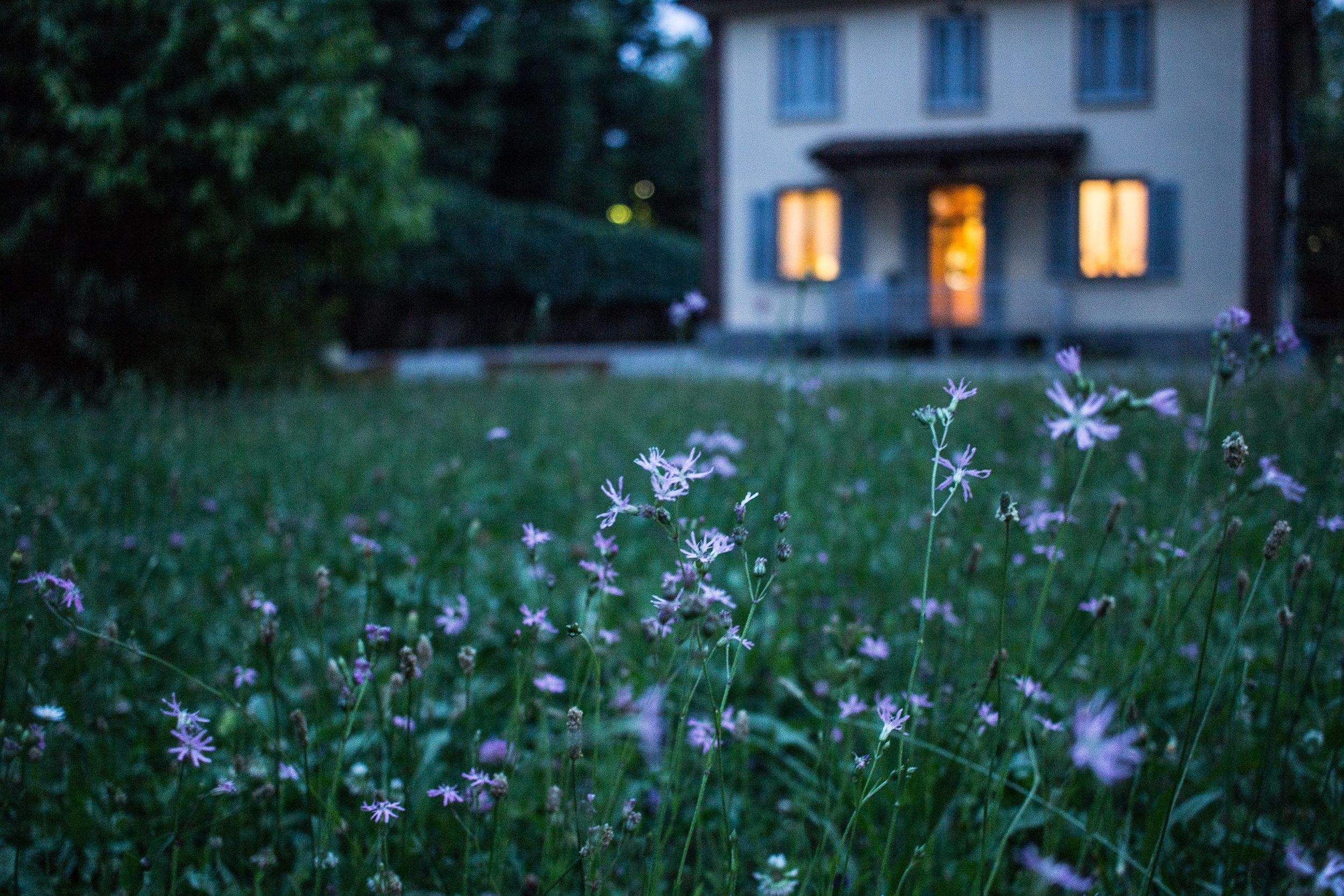I have recently come across a fascinating trend that is on the rise: tiny home communities. These communities, made up of small, self-contained houses, have been gaining popularity as a unique form of cooperative living. With the increasing housing costs and a desire for a simpler lifestyle, more and more people are embracing the opportunity to downsize and join these tight-knit communities. In this article, I will explore the reasons behind the rise of tiny home communities and the benefits they offer to those who choose to live in them.
The Rise of Tiny Home Communities: A Cooperative Living Trend



This image is property of images.unsplash.com.
Introduction
In recent years, there has been a remarkable surge in the popularity of tiny home communities. These communities offer a unique alternative to traditional housing, as they provide individuals with the opportunity to live in a small, eco-friendly home while fostering a sense of community and cooperation. This article will explore the benefits, key characteristics, and challenges associated with tiny home communities, shedding light on why this trend is quickly gaining traction.
Benefits of Tiny Home Communities
Economic Factors
One of the most significant advantages of tiny home communities is their affordability. The cost of purchasing or building a tiny home is considerably lower compared to traditional houses. This affordability allows individuals to significantly reduce their living expenses, freeing up resources that can be redirected towards other priorities, such as savings, investments, or experiences. Furthermore, the cooperative nature of these communities often results in shared expenses, such as maintenance and utilities, further reducing the financial burden on each individual.
Social Factors
Tiny home communities foster a strong sense of belonging and social connectedness. Living in such close proximity to neighbors creates opportunities for daily interaction and shared experiences. These communities often organize regular social events, allowing residents to build meaningful relationships with like-minded individuals who value simplicity, sustainability, and community. The support and companionship found within these close-knit communities can greatly enhance an individual’s overall well-being and quality of life.
Environmental Factors
The environmental benefits of tiny home communities are undeniable. Due to their small size, these homes require significantly less energy for heating, cooling, and general maintenance. This reduced ecological footprint contributes to a more sustainable way of living and helps combat climate change. Moreover, many tiny homes incorporate environmentally-friendly features, such as solar panels, rainwater harvesting systems, and composting toilets, further minimizing their environmental impact.



This image is property of images.unsplash.com.
Key Characteristics of Tiny Home Communities
Small, Eco-Friendly Homes
Tiny homes are typically between 100 and 400 square feet in size, much smaller than the average American home. These compact living spaces are thoughtfully designed to maximize functionality, with innovative storage solutions and multi-purpose furniture. The emphasis on eco-friendly construction materials and energy-efficient appliances ensures that these homes are environmentally responsible.
Shared Amenities and Spaces
One of the defining features of tiny home communities is the shared amenities and spaces. In addition to their individual living spaces, residents have access to communal facilities such as gardens, workshops, laundry facilities, and recreational areas. These shared spaces promote a sense of community and foster opportunities for cooperation and collaboration among the residents.
Community Engagement and Support
Tiny home communities encourage active community engagement and provide a strong support system for residents. Regular community meetings, volunteer initiatives, and collaborative decision-making processes ensure that every resident has a voice and actively participates in shaping the community. This sense of ownership fosters a strong sense of camaraderie and ensures that each member feels valued and supported.
Legal and Regulatory Considerations
As the popularity of tiny home communities continues to grow, there are legal and regulatory considerations that need to be addressed. Zoning laws vary from one jurisdiction to another, and many areas have not yet adapted their regulations to accommodate tiny homes. Some areas have minimum square footage requirements or strict definitions of what constitutes a permanent dwelling. Overcoming these legal hurdles requires advocacy and collaboration among tiny home enthusiasts, legislators, and local communities to create more inclusive regulations.
Challenges and Limitations
Despite the numerous benefits, tiny home communities also face certain challenges and limitations.
Limited Space and Privacy
The limited size of tiny homes can be a concern for some individuals, as it may require downsizing and adjusting to a more minimalist lifestyle. Additionally, the close proximity to neighbors can limit personal privacy and require a certain level of tolerance and compromise. However, many residents find the benefits of community living and the freedom from excessive material possessions outweigh these challenges.
Zoning and Regulations
As previously mentioned, zoning and regulations can create significant obstacles for those interested in establishing or joining a tiny home community. Navigating zoning laws and building codes can be complex and time-consuming, often requiring legal assistance to ensure compliance. Additionally, obtaining financing for tiny home projects is not always straightforward as some financial institutions may be reluctant to provide loans for non-traditional housing options.
Financing and Affordability
While tiny homes provide an affordable alternative to traditional housing, financing options can be limited. Many lending institutions are unfamiliar with the concept of tiny homes and may be hesitant to extend loans for these unconventional dwellings. However, as their popularity grows, more financial institutions are starting to recognize the market potential and are offering specialized financing solutions.



This image is property of images.unsplash.com.
Conclusion
Tiny home communities have emerged as a popular cooperative living trend, offering individuals an affordable and sustainable living option that promotes a strong sense of community and connection. Despite the challenges and limitations faced by this growing trend, the benefits of tiny home communities in economic, social, and environmental aspects are undeniable. As more people embrace simplicity and communal living, it is expected that the rise of tiny home communities will continue, transforming the way we think about housing and fostering a greater sense of community in today’s society.
